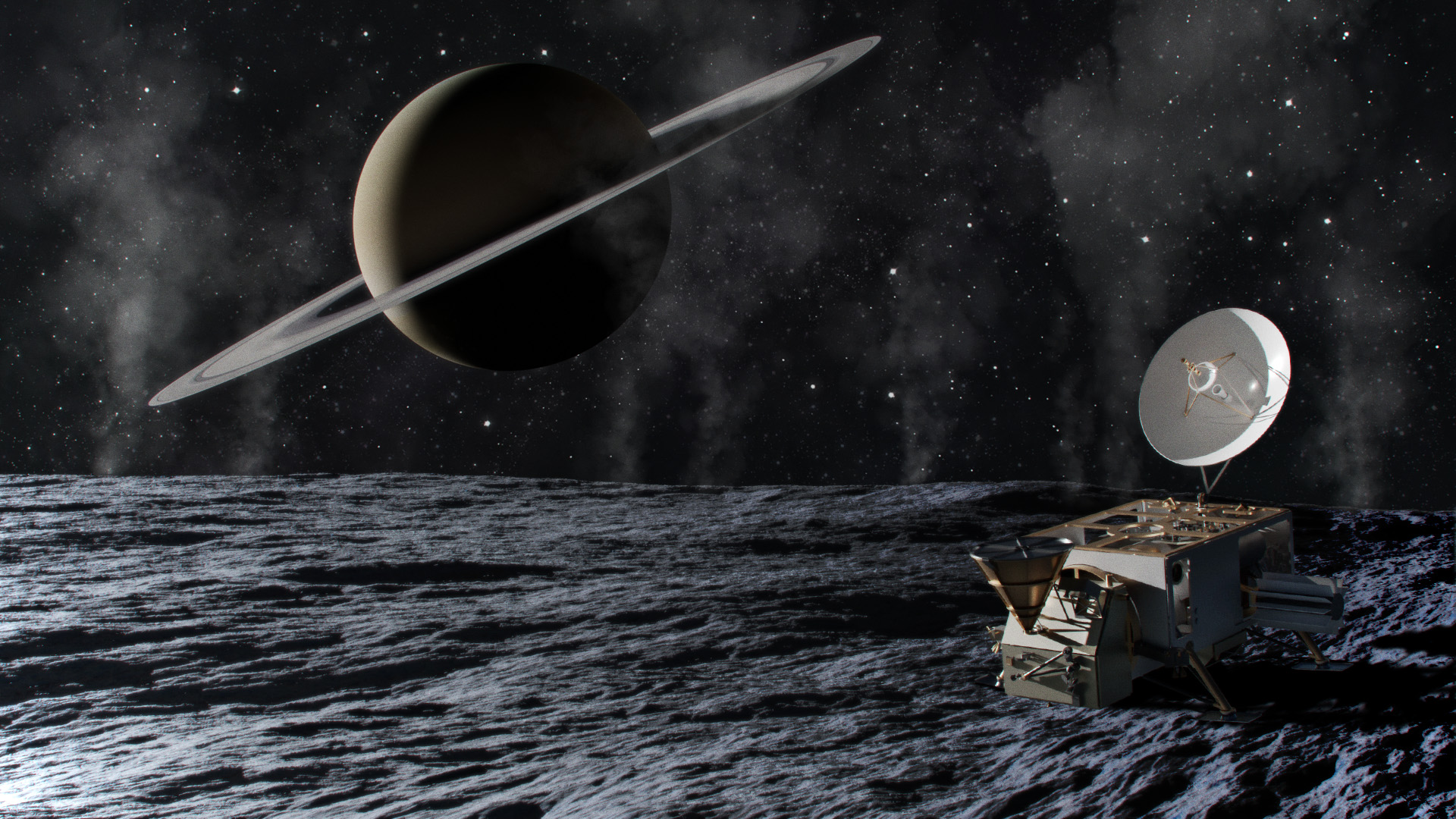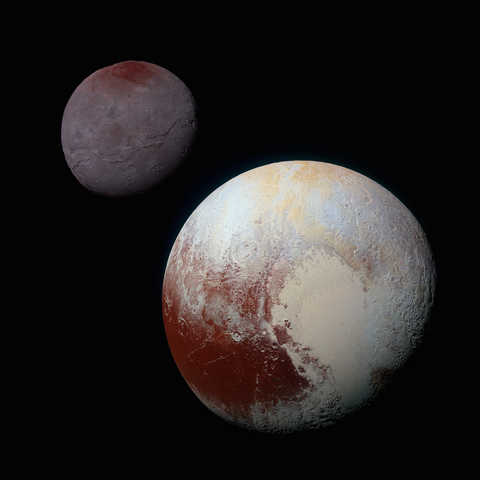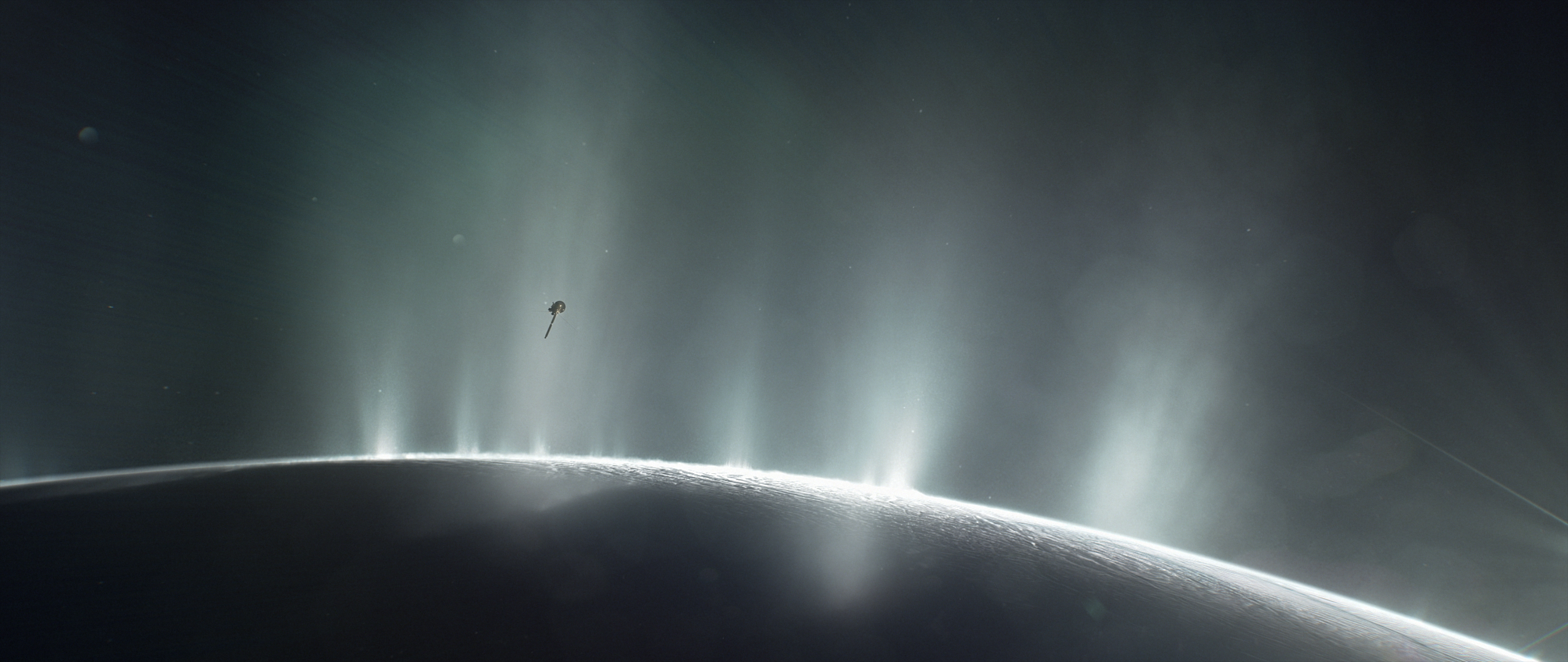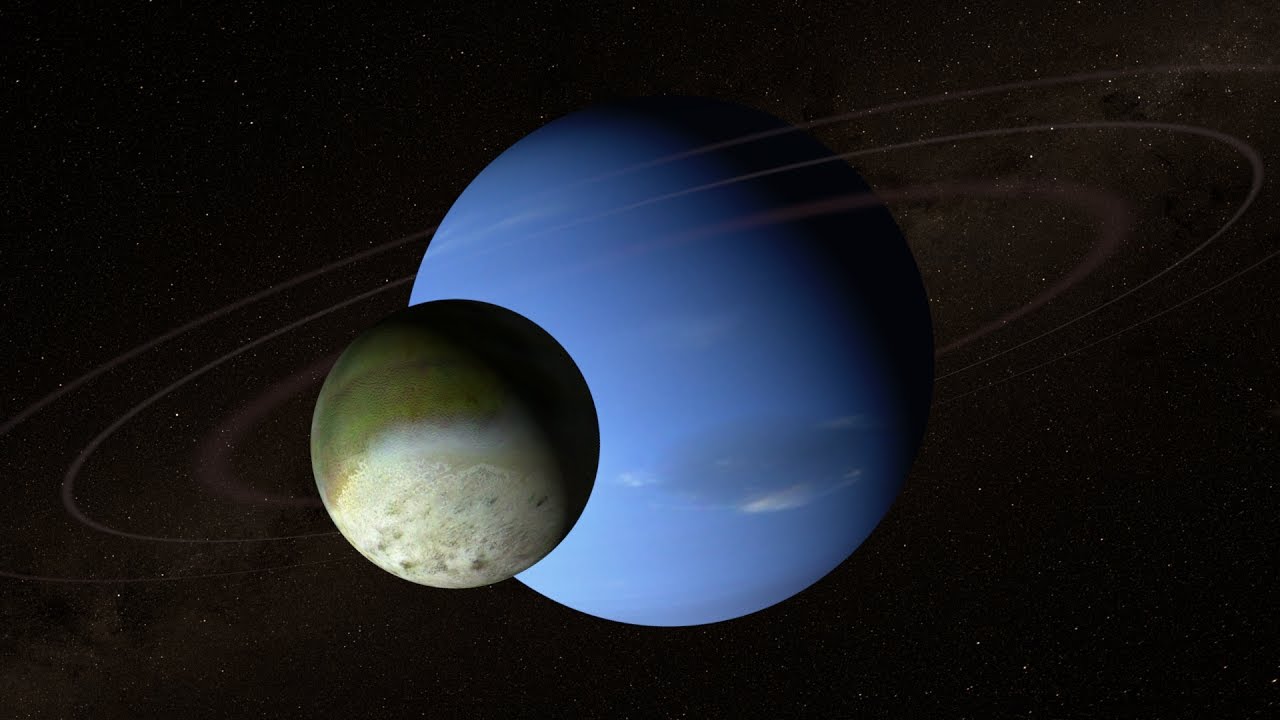Where to next in the outer solar system? Scientists have big ideas to explore icy moons and more.

If you had a few billion dollars and some of the most talented space scientists and engineers in the world, where would you go?
There's no wrong answer, really. Even if you narrow it down to just the outer solar system — planets, moons, rings and other cosmic rubble — you'll never get bored. But that abundance of solar system destinations has downsides, of course, since there's little chance of ever flying all the missions scientists can dream of. But dreaming up those missions anyway is a vital piece of space exploration, and one that scientists do regularly.
During a recent virtual meeting of the Outer Planets Assessment Group (OPAG), a science advisory group focused on everything past the asteroid belt, scientists walked the audience through three different mission concept studies that were commissioned to inform the Planetary Science Decadal Survey, which will guide NASA programs between 2023 and 2032.
Related: 25 weirdest facts about the solar system
The decadal survey, managed by the National Academies of Sciences, gives NASA an independent assessment of the priorities of the scientific community and guidance in assessing where to send larger and smaller missions. And for the panel putting together the decadal survey, it's easier to evaluate those priorities with a picture of what sort of science is on offer at different locations.
"To be honest, I'd be shocked if the exact incarnation of these mission studies were to fly," Shannon MacKenize, a planetary scientist at Johns Hopkins University Applied Physics Laboratory in Maryland and lead author of one of the mission concept studies, said of the project during the question and answer period on Sept. 2. "They're really meant to demonstrate the possibilities and the scope and are not mission proposals."
All three concept studies examined the category of mission that NASA calls flagship — projects like the Mars rovers Curiosity and Perseverance, the Galileo mission to Jupiter and the Cassini mission to Saturn. They're big missions, with massive price tags (Perseverance cost $2.7 billion) and science agendas alike, meaning NASA certainly can't take on three at a time.
Breaking space news, the latest updates on rocket launches, skywatching events and more!
But even if none of these specific missions fly, they could still shape where spacecraft go in future decades, just by offering a tantalizing look at what sort of science is really feasible.
So let's take a spin through the most daring dreams in outer solar system science.
Search for life on Enceladus
Stop one: Saturn's icy, outburst-prone moon, Enceladus, which is one of scientists' top targets for searching for life in the solar system. The Cassini mission, which ended in 2017, found compelling evidence of salty plumes spitting out of the moon's icy shell, making it much easier to sample the hidden ocean than would be true of a less temperamental world.
But no mission has ever prioritized this small moon, which is why scientists designed a mission concept dubbed Enceladus Orbilander. Led by MacKenize, the researchers wanted to send a mission that could tell potentially tell scientists whether the moon hosts life.
Orbilander represents two spacecraft in one. The spacecraft would orbit first Saturn to tour its moons, then Enceladus for 200 days, studying the world at a distance and collecting material spat out by the moon's distinctive geysers to analyze in its internal chemistry labs.
"Every time we fly through the plume, we build up an amount of sample," MacKenzie said. "Once we have enough to run a given subset, we take some time off from doing remote sensing and dedicate a couple orbits to doing the life-detection suite."
Then, Orbilander would settle down onto the surface for a second phase of operations, collecting the material that snows back to the icy crust and scooping some up for additional analysis for 150 days more. The mission's dual approach would allow Orbilander to study the material in Enceladus' plumes in a variety of forms — larger and smaller particles, fresher material and that which has been out in the open for longer.
The hypothetical mission would launch in the late 2030s, arrive at the Saturn system in the mid 2040s, enter orbit around Enceladus in 2050 and land the next year. It would be packed with a host of instruments designed to tell scientists whether there is life on this tantalizing moon, including mass spectrometers that can identify materials and a microscope to enhance the scientists' view. The team priced the mission idea out to about $2.5 billion, MacKenzie said during the meeting.
Swim around Neptune and Triton
Venture a bit farther out into the solar system and a different sort of opportunity awaits: the chance to visit an understudied planet and its strange, stolen moon.
Neptune and its moon Triton make a compelling pair of targets, since no ice giant has ever had a dedicated spacecraft mission. Scientists suspect that Neptune's largest moon is an object trapped from the Kuiper Belt fringing the planets of our solar system, rather than a locally born moon. But in orbit around Neptune, Triton is easier to reach than its siblings still banished to the Kuiper Belt proper.
"This is an important part of the buffet of options that are available to us as we decide how to visit the only class of planet in our solar system that hasn't yet had a dedicated orbital mission," Abigail Rymer, a space physicist at Johns Hopkins University Applied Physics Laboratory, said during the presentation.
The mission concept study she led would arrive at Triton while the sun is shining on its southern hemisphere, since that's how the Neptunian moon appeared when Voyager 2 flew past the system in 1989 and scientists want to be able to compare the same terrain over time. Voyager 2 saw what look like a few active and many former plumes on Triton, and scientists want to understand how such features work.
In addition to studying Neptune, its rings and Triton, the mission concept, which the team dubbed Odyssey, would also study the strange magnetic field created by Neptune and how it interacts with the moon and its potential outflow.
Odyssey would spend four years touring through the Neptune system, studying both the ice giant and its strange moon, and would cost about $3.4 billion, Rymer said. The journey out to Neptune would take about 16 years, during which the spacecraft could study the sun's influence on the solar system, study our neighbors as if they were exoplanets and perhaps fly past some asteroids.

To Pluto and beyond
The third mission concept study targeted the former most-distant planet, Pluto, and its neighbors. Building on the legacy of the New Horizons flyby of the dwarf planet in 2015, this mission concept, dubbed Persephone, would orbit the tiny world, in particular to tell scientists whether it hides an internal ocean. Such a subsurface ocean, something that is not usually associated with the icy outer reaches of the solar system, could be an indicator of a potential habitable environment.
"If tiny Pluto on the edge of our solar system could be an ocean world, then maybe they're more ubiquitous than we expected," Carly Howett, a planetary scientist at the Southwest Research Institute in Colorado and lead author of the Persephone mission concept study, said during a presentation.
The New Horizons flyby offered a tempting glance at the surface of Pluto and its largest moon, Charon. But a longer stay would be necessary for scientists to gather enough data to understand what the two bodies look like right now and how they got that way. That science could include studying the atmospheres of these bodies, determining whether Pluto has a magnetic field and establishing what the dwarf planet might look like below the surface.
Like its predecessor, Persephone would also seek to fly past one or more Kuiper Belt objects. New Horizons' flyby of the object called Arrokoth was scientists' first glimpse of what such an ancient body could look like.
Of the three mission concept studies, the $3 billion Persephone would require perhaps the most patience: With a launch in 2030, it will take at least 26 years to get out to Pluto, and 27 if the spacecraft makes a small detour to visit a Kuiper Belt object before the rendezvous. After arriving, the spacecraft would spend a bit over three years orbiting Pluto and its moons; depending on its fuel reserves, scientists would hope to send the spacecraft to visit a second Kuiper Belt object, arriving perhaps in the 2070s.
Vast journeys, vast challenges
While Enceladus is a bit less challenging as a destination, the Odyssey and Persephone mission concepts highlight two key issues that would-be outer solar system explorers will face in the coming decades. The first is that the usual approach for traveling so far, flinging around Jupiter to pick up some speed, won't work very well for launches after the early 2030s due to how Jupiter aligns with the other planets.
"Jupiter doesn't play nicely in the next decade if you want to get to the outer solar system," Howett said.
That inconvenience means that either scientists need approval to start designing missions now or spacecraft will need more powerful rockets and longer cruise times to arrive at their destinations.
The second issue facing future outer-planet missions is that spacecraft bound for the deep solar system typically can't get their energy from the sun. That means scientists want to use nuclear-powered batteries to run their spacecraft. The Enceladus Orbilander mission design calls for two of these nuclear generators, called Radioisotope Thermoelectric Generators; Odyssey would need three and Persephone five.
But the U.S. only recently began producing spacecraft-ready plutonium again after decades out of the practice, and current plans don't include enough production quickly enough to meet the desires of planetary scientists.
The challenges of Jupiter's deadline and plutonium production act as bookends narrowing the launch window for upcoming missions to the outer solar system, increasing the urgency of making decisions about which spacecraft to send where.
Email Meghan Bartels at mbartels@space.com or follow her on Twitter @meghanbartels. Follow us on Twitter @Spacedotcom and on Facebook.

Meghan is a senior writer at Space.com and has more than five years' experience as a science journalist based in New York City. She joined Space.com in July 2018, with previous writing published in outlets including Newsweek and Audubon. Meghan earned an MA in science journalism from New York University and a BA in classics from Georgetown University, and in her free time she enjoys reading and visiting museums. Follow her on Twitter at @meghanbartels.


